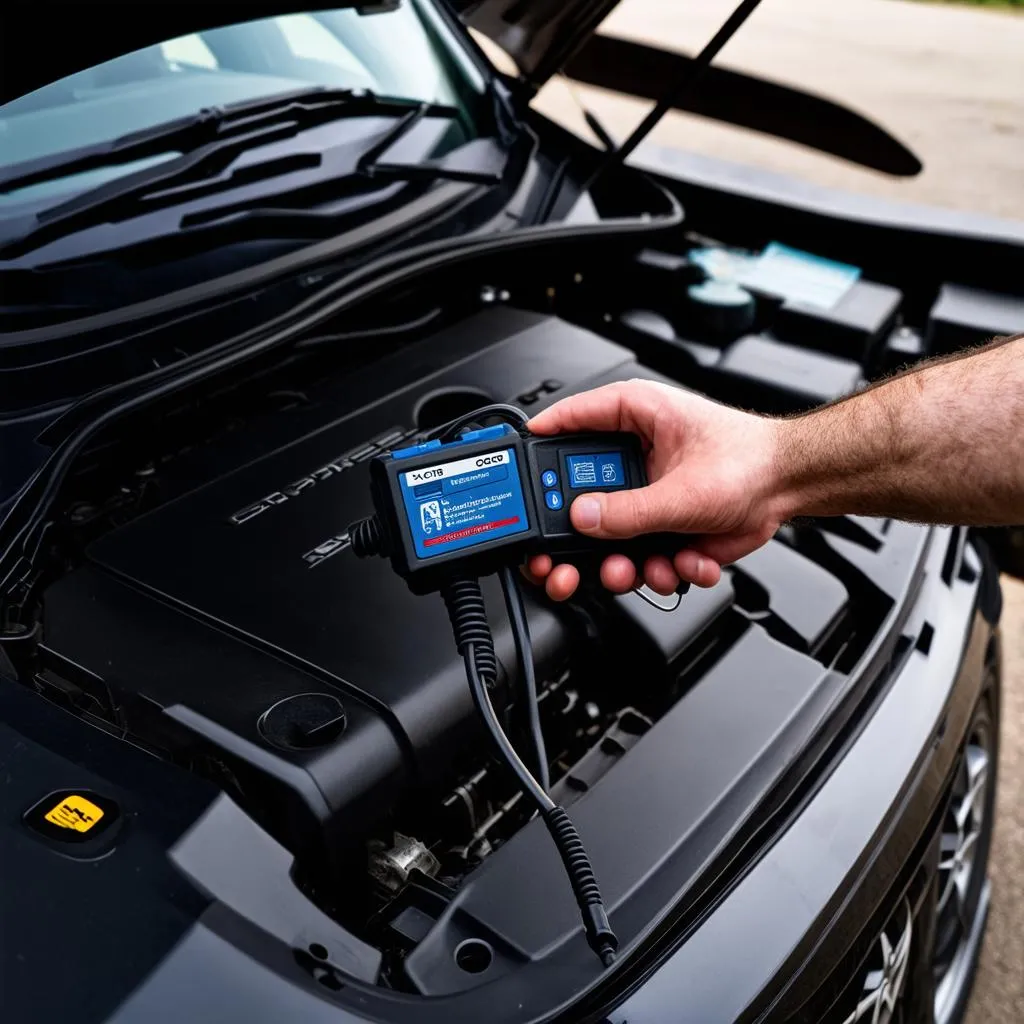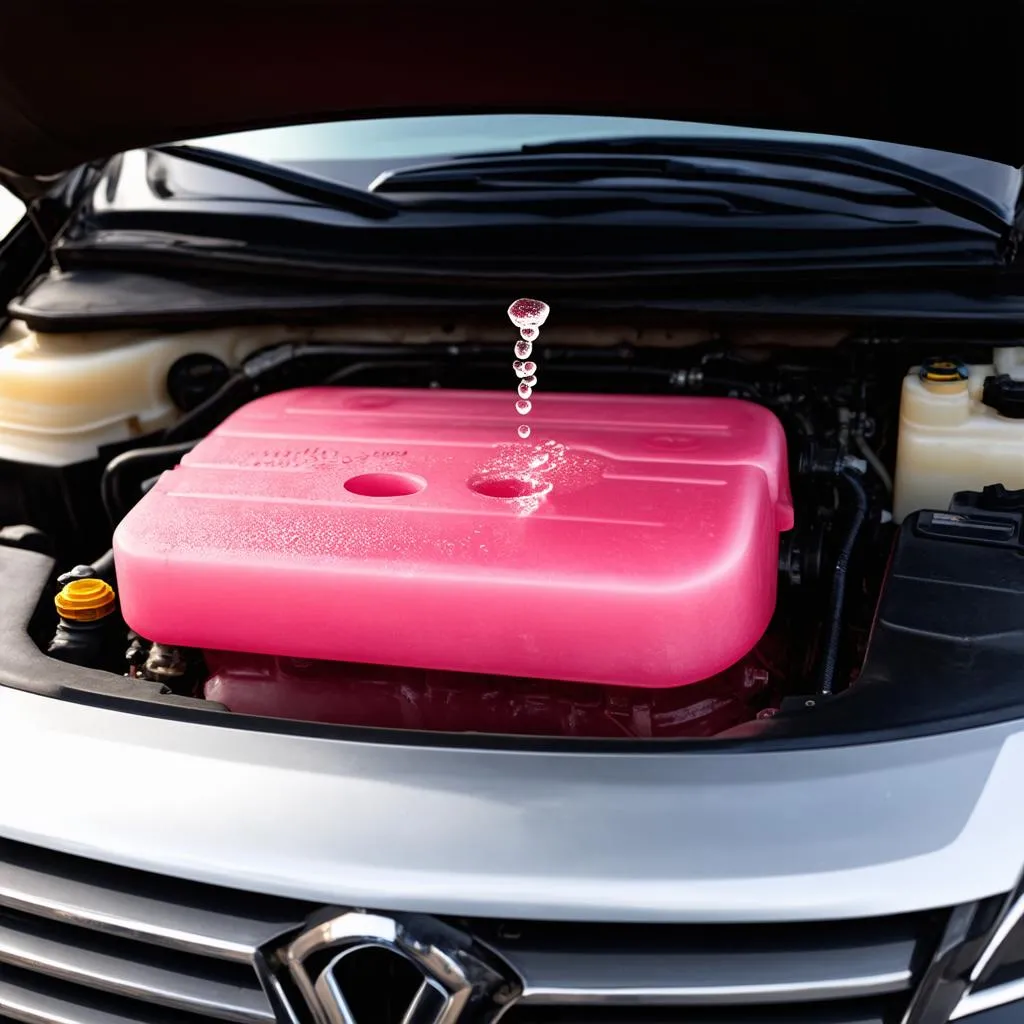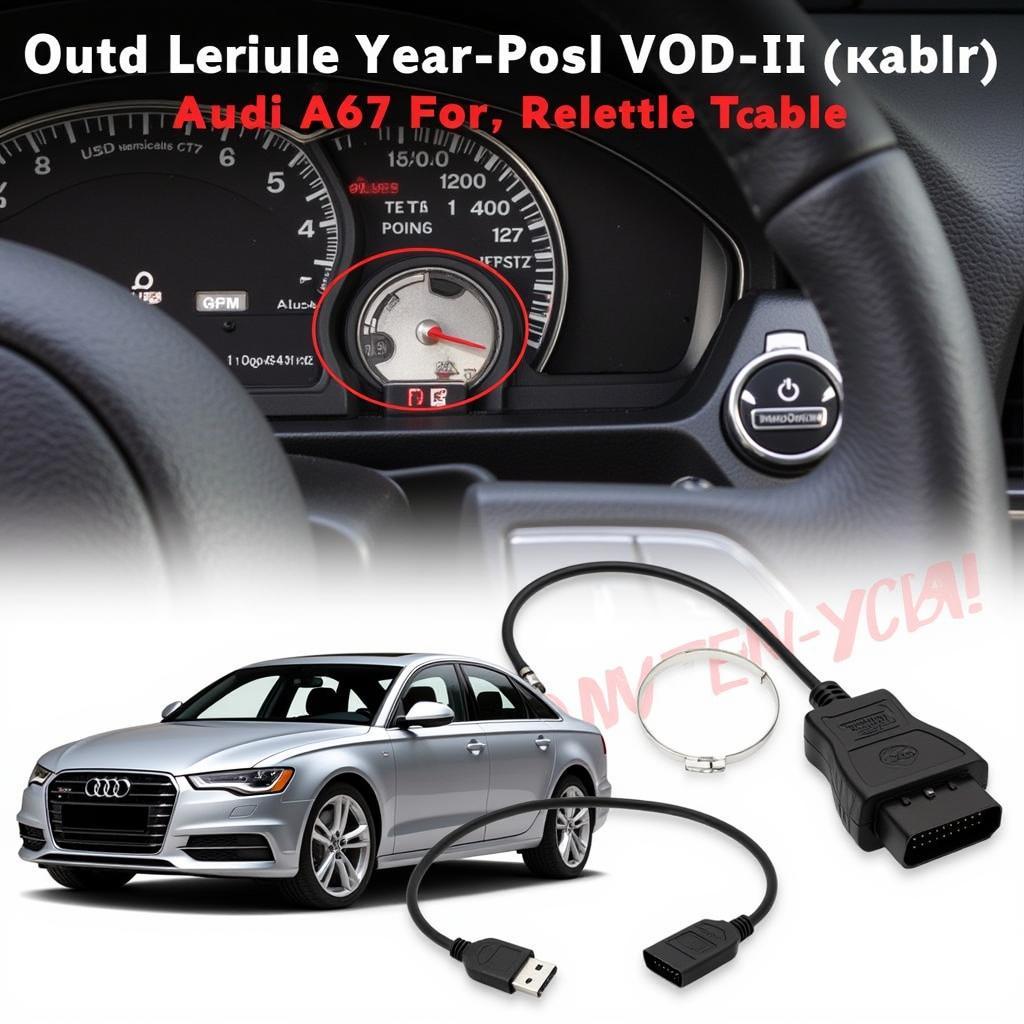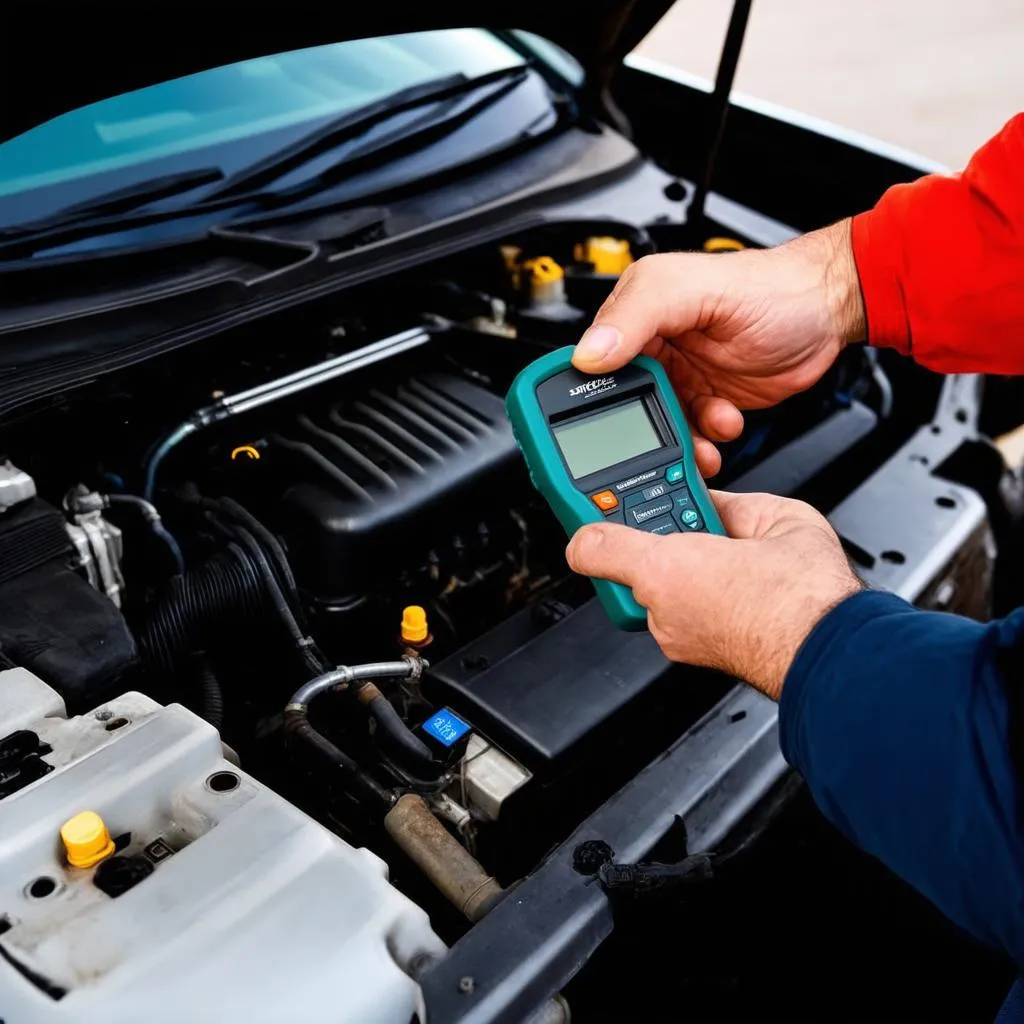One of the most common maintenance tasks you’ll encounter when working on Volkswagen Audi Group (VAG) vehicles is the coolant system bleed. While the process may seem straightforward, using the VCDS (Vag-Com Diagnostic System) software can make it significantly easier and more efficient. This comprehensive guide will walk you through the ins and outs of VCDS coolant bleeding, providing you with the knowledge to tackle this task like a seasoned professional.
What is VCDS Coolant Bleeding?
VCDS coolant bleeding utilizes the advanced functionalities of the VCDS software to electronically control the coolant system during the bleeding process. This method offers several advantages over traditional methods:
- Efficiency: VCDS automates much of the bleeding process, reducing the time and effort required.
- Effectiveness: It ensures a complete and thorough bleed by actively cycling the coolant pump and controlling the heater core valve.
- Prevention: Properly bleeding the coolant system with VCDS minimizes the risk of air pockets, which can lead to overheating and engine damage.
How VCDS Coolant Bleeding Works: A Step-by-Step Guide
Here’s a detailed guide on how to perform a VCDS coolant bleeding procedure:
-
Preparation is Key:
- Ensure your vehicle is parked on a level surface.
- Gather the necessary tools and materials, including a compatible VCDS interface, a laptop, coolant (G12/G13 for most VAG vehicles), and a container for the old coolant.
-
Connect and Initiate:
- Connect your VCDS interface to the vehicle’s OBD-II port and your laptop.
- Turn on the ignition, but do not start the engine.
- Launch the VCDS software and establish communication with your vehicle.
-
Navigate to the Coolant System:
- Select “Select Control Module.”
- Choose “Engine” (usually labeled 01).
- Select “Basic Settings” from the top menu.
-
Activate the Coolant Pump:
- Locate the “Coolant Temperature” field. It should display the current coolant temperature.
- Input “Test Value” as instructed by the VCDS software. This will activate the coolant pump and open the heater core valve.
-
Bleeding the System:
- Carefully open the coolant reservoir cap.
- Slowly add coolant to the reservoir, keeping it topped up to the maximum mark.
- You’ll likely observe air bubbles escaping from the bleed valve on the coolant hose or reservoir.
- Continue adding coolant until the bubbles cease.
-
Completing the Process:
- Once the bubbles stop, close the coolant reservoir cap securely.
- In VCDS, click “Go Back” or “Done” to exit Basic Settings.
- Clear any fault codes that may be stored in the engine control module.
-
Verification:
- Start the engine and let it reach operating temperature.
- Monitor the coolant temperature gauge to ensure it remains within a normal range.
- Check for any leaks around the coolant reservoir, hoses, and connections.
 VCDS Coolant Bleeding
VCDS Coolant Bleeding
Advantages of Using VCDS for Coolant Bleeding
- Precision: VCDS allows for precise control over the coolant pump and heater core valve, ensuring a thorough bleed.
- Time Savings: The automated process significantly reduces the time required for bleeding compared to traditional methods.
- Reduced Risk of Damage: Proper bleeding with VCDS minimizes the risk of air pockets that can cause overheating and potential engine damage.
Common VCDS Coolant Bleeding Questions
Q: Do I need any special adapters for VCDS coolant bleeding?
A: In most cases, no additional adapters are required beyond the standard VCDS interface. However, always refer to your vehicle’s specific repair manual for confirmation.
Q: Can I damage my car by performing a VCDS coolant bleed incorrectly?
A: While VCDS makes bleeding safer, it’s crucial to follow the procedure carefully. Incorrect execution could potentially lead to air pockets or other issues. If you’re unsure, consult a qualified mechanic.
Q: How often should I bleed my coolant system?
A: It’s generally recommended to bleed your coolant system every time you open the system, such as when replacing the coolant, thermostat, or water pump.
 Coolant Reservoir Air Bubbles
Coolant Reservoir Air Bubbles
Cardiagtech: Your Source for High-Quality Diagnostic Equipment
For those seeking top-of-the-line diagnostic equipment like VCDS, Cardiagtech offers a wide selection of products to meet your needs. From VCDS interfaces to other specialized tools, Cardiagtech provides automotive professionals and enthusiasts with the equipment they need for accurate diagnostics and efficient repairs.
Conclusion
Mastering VCDS coolant bleeding is a valuable skill for anyone maintaining their VAG vehicle. By understanding the process and utilizing the power of VCDS, you can ensure a properly bled coolant system, improving your vehicle’s performance and longevity.
Need expert advice or the right tools for the job? Connect with CARDIAGTECH today and explore our comprehensive range of automotive diagnostic solutions.


